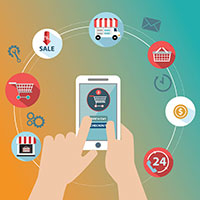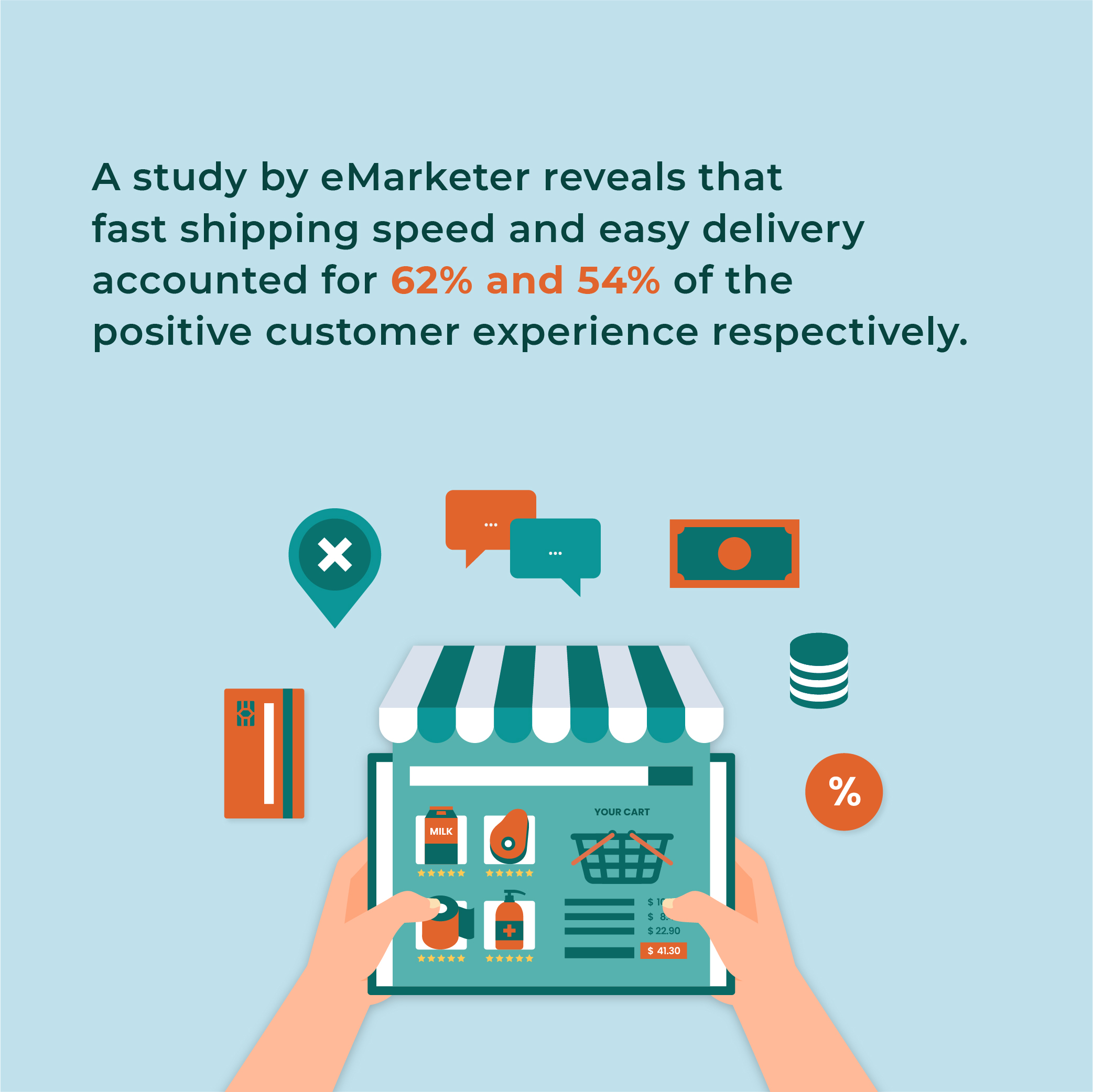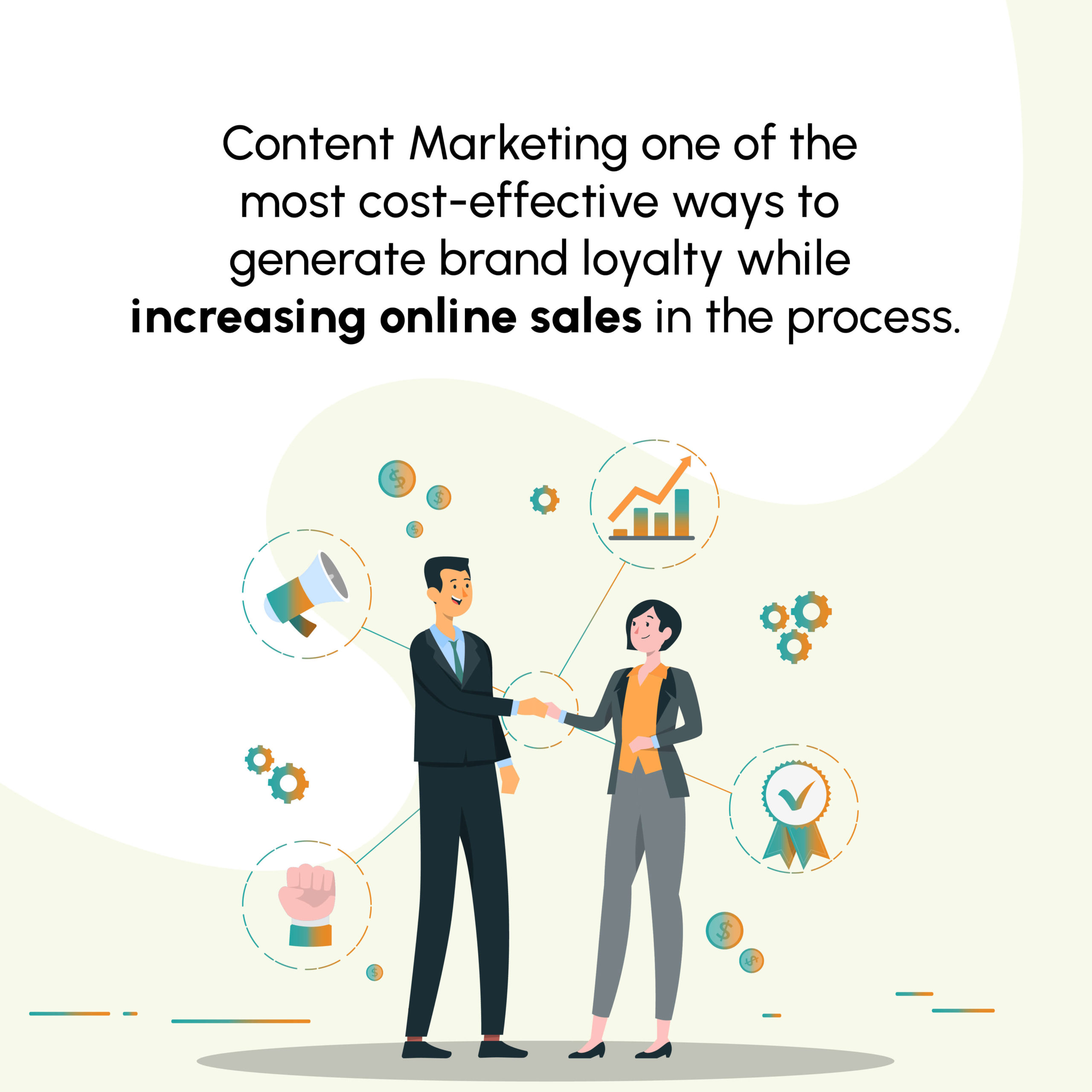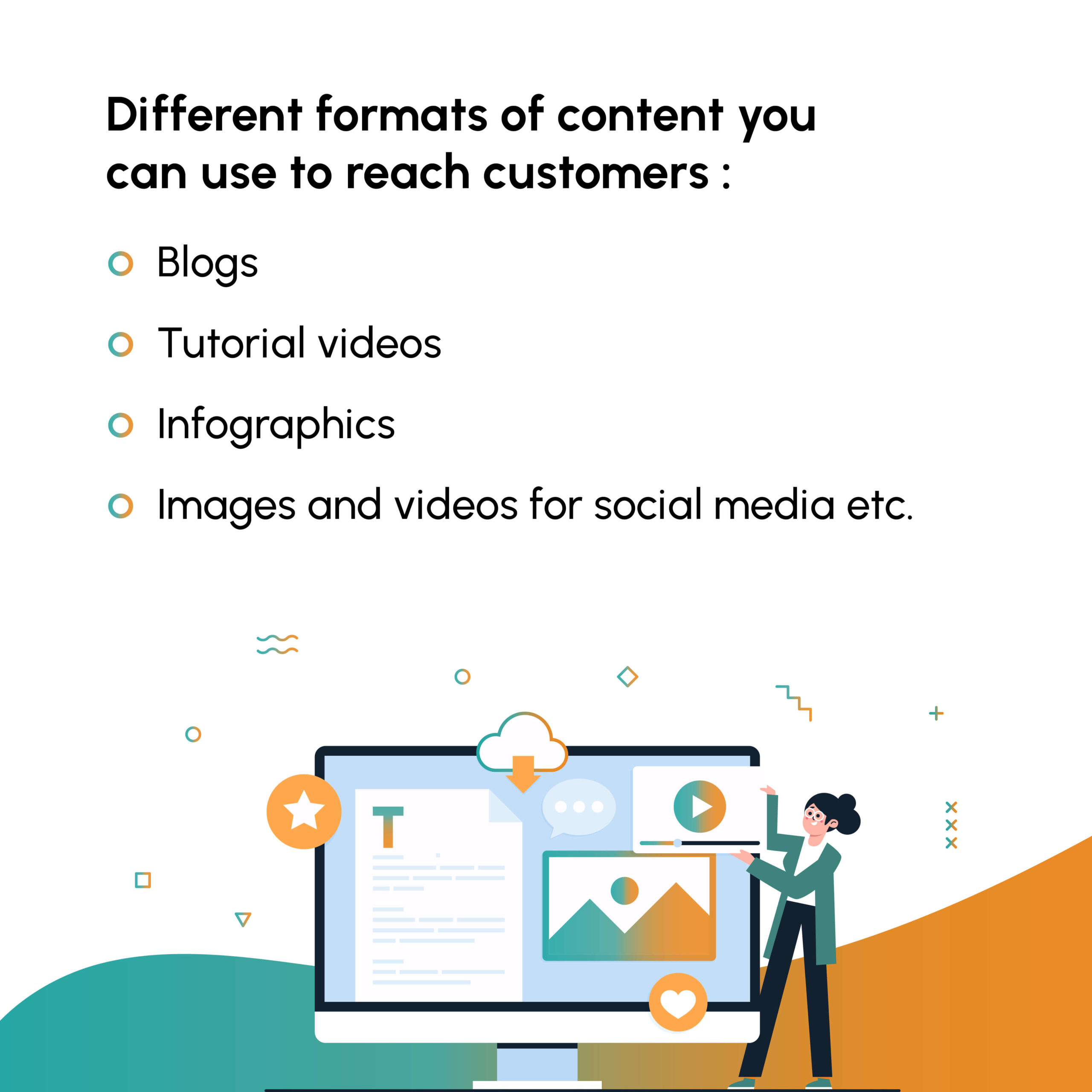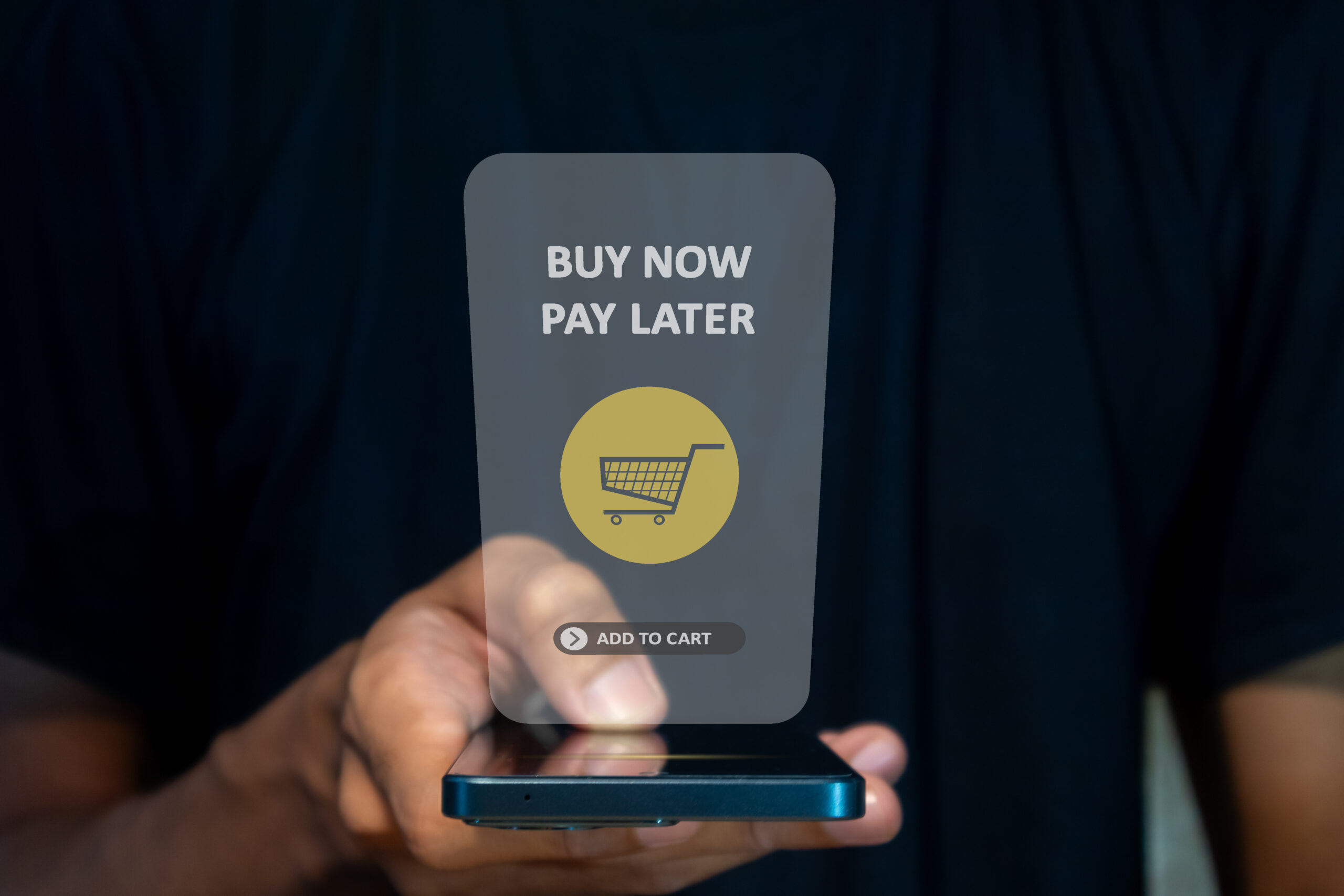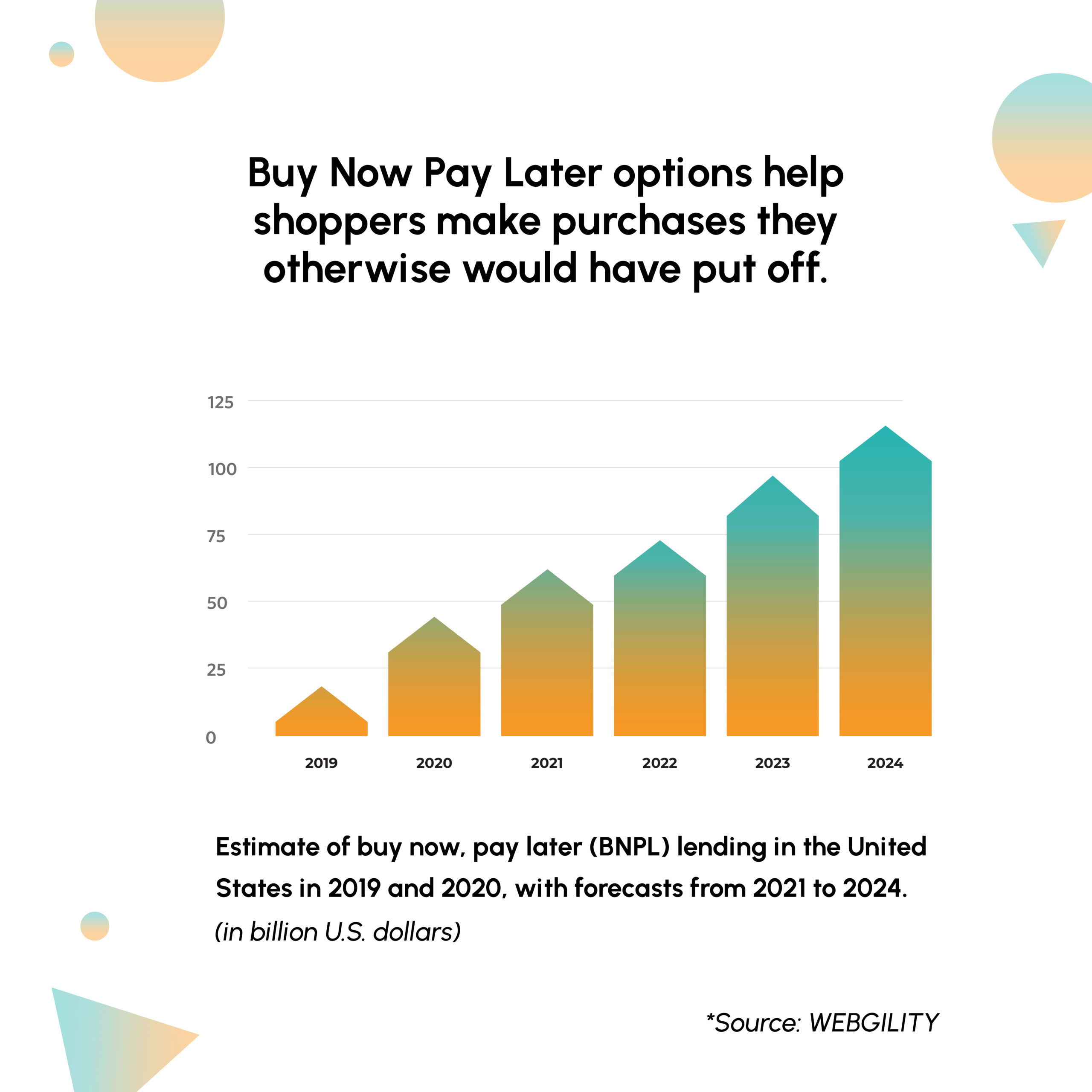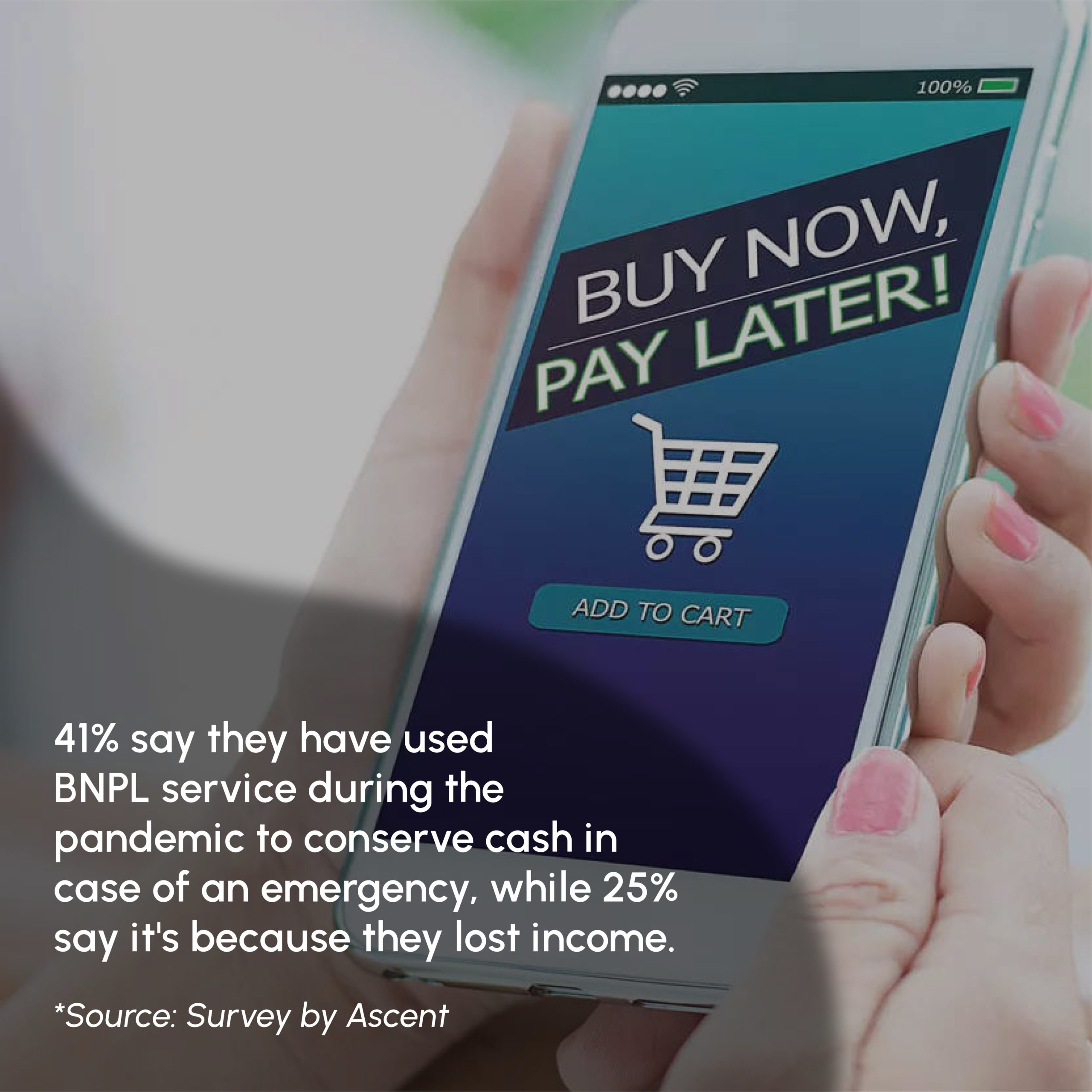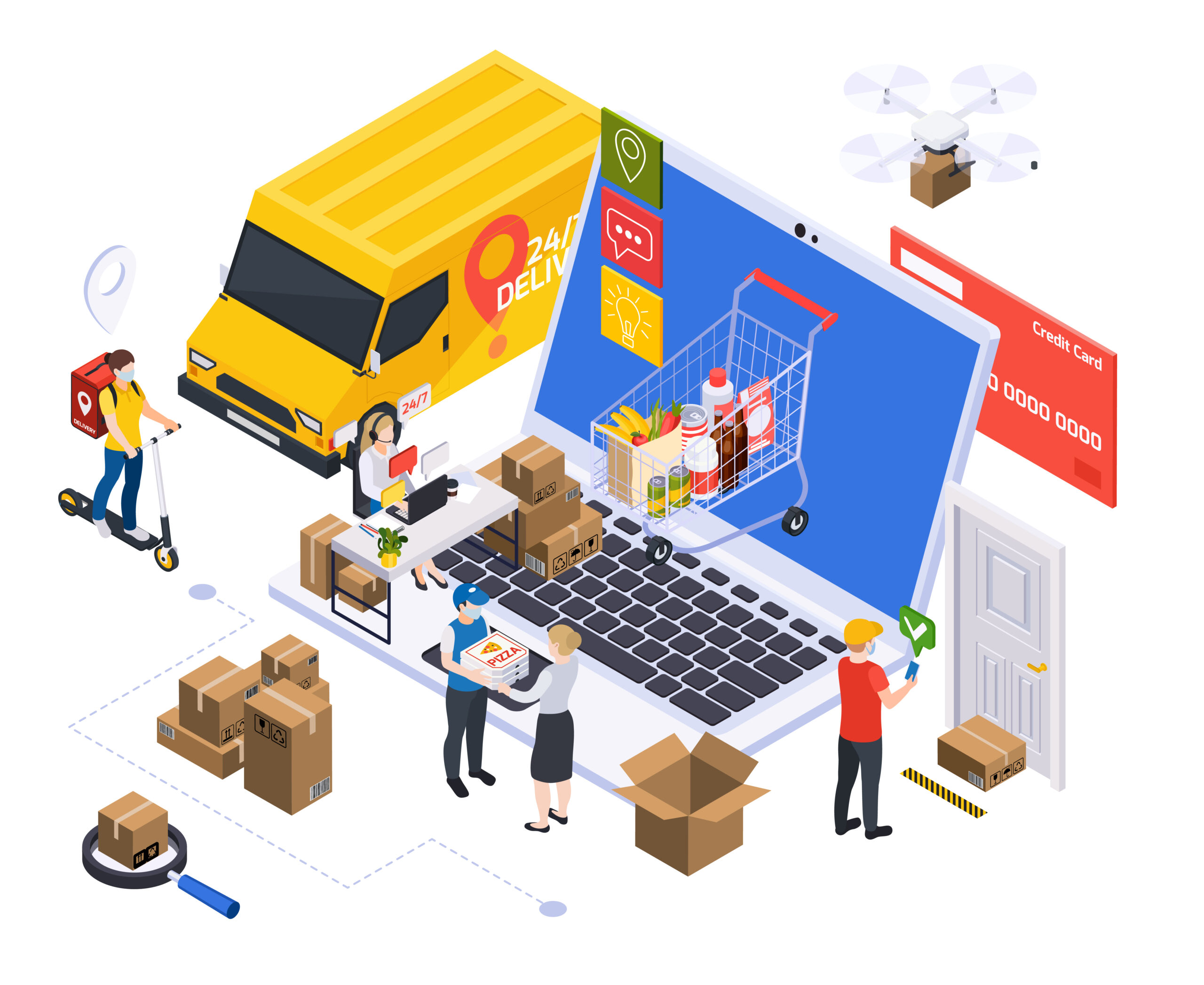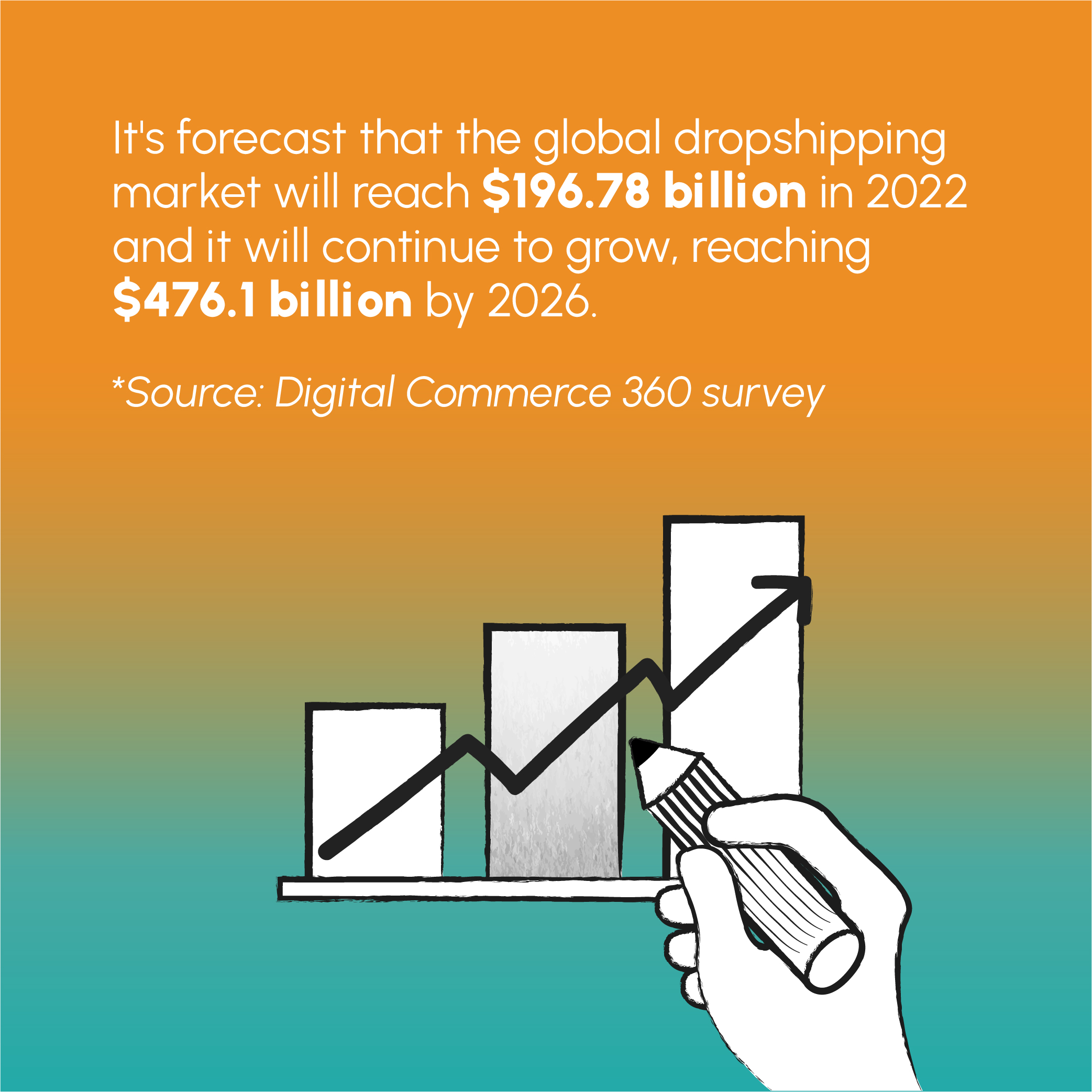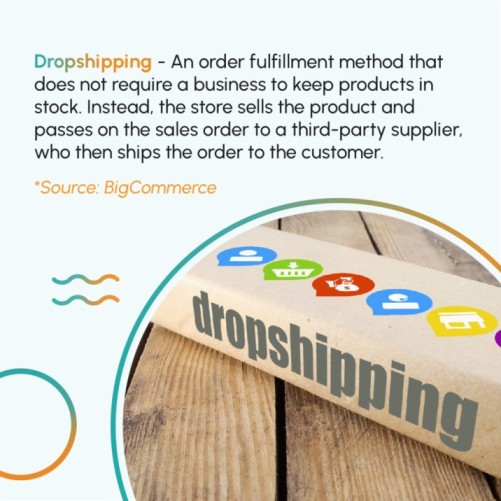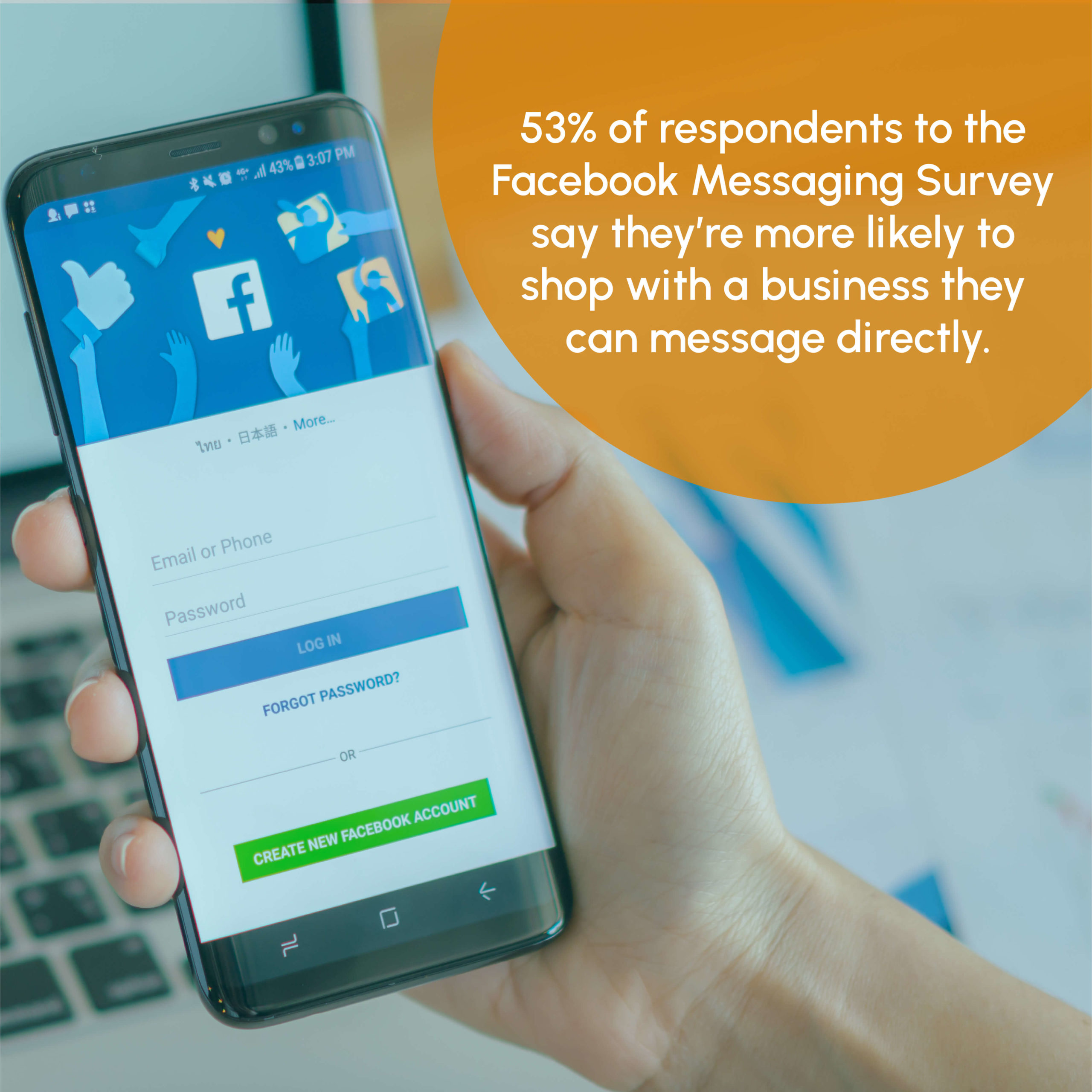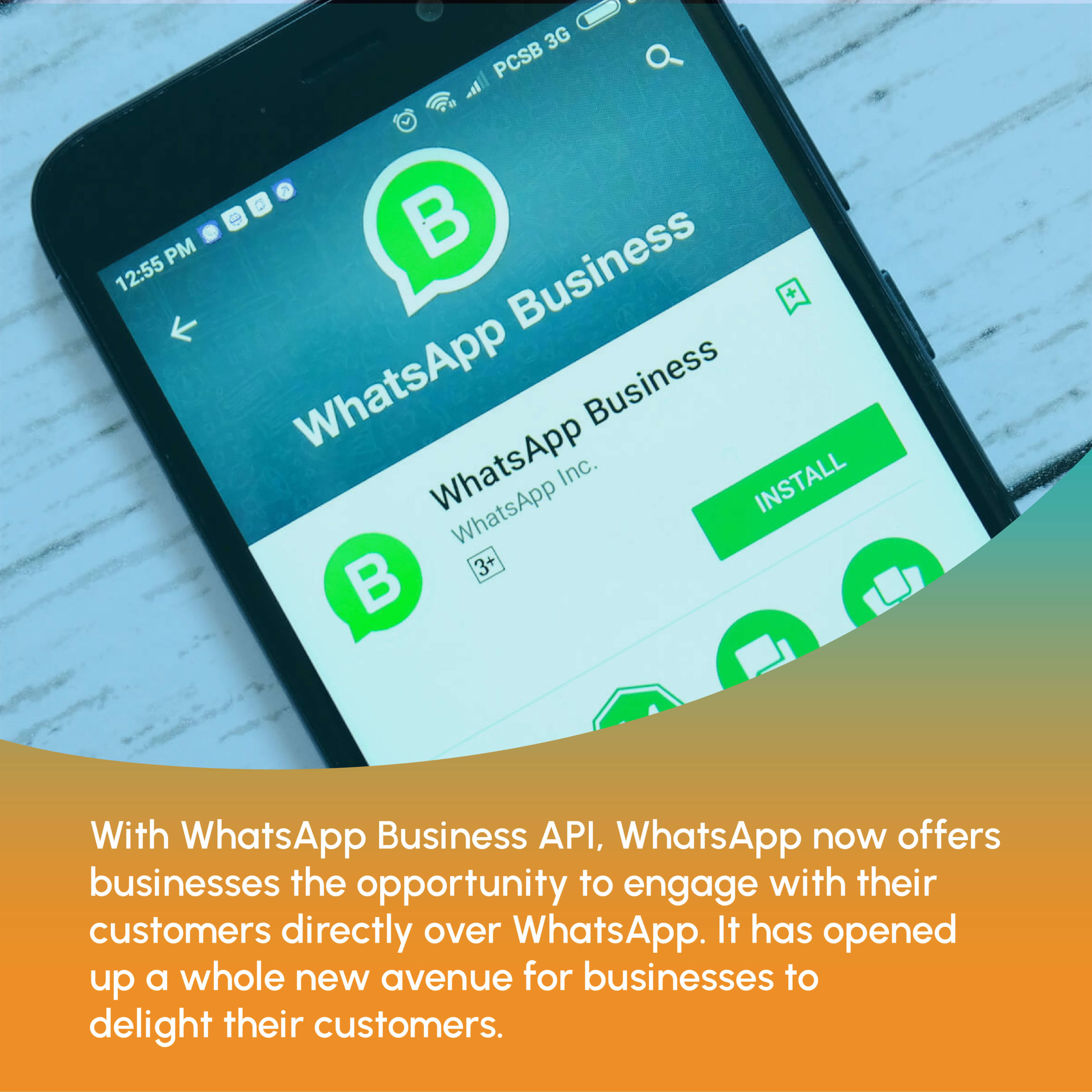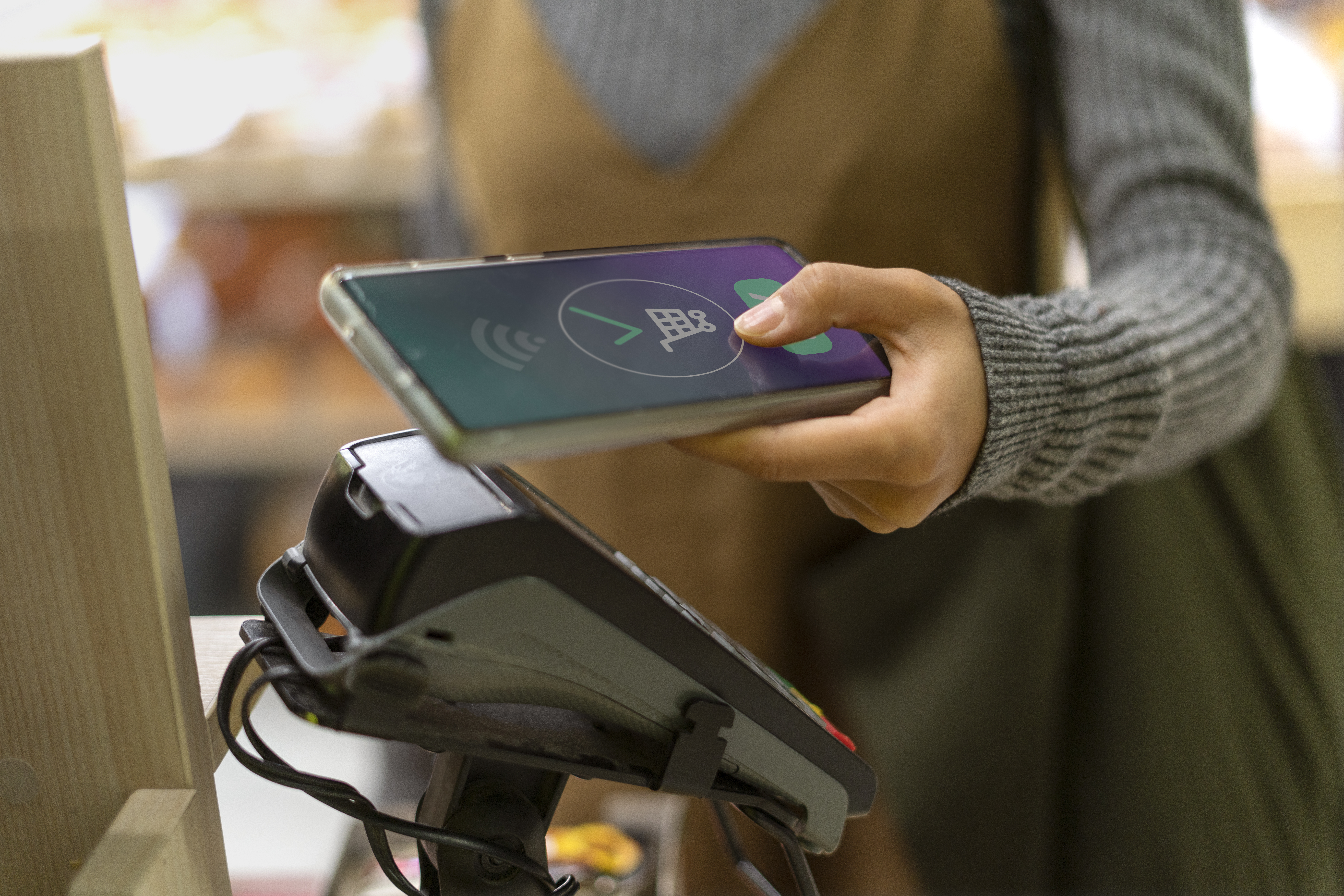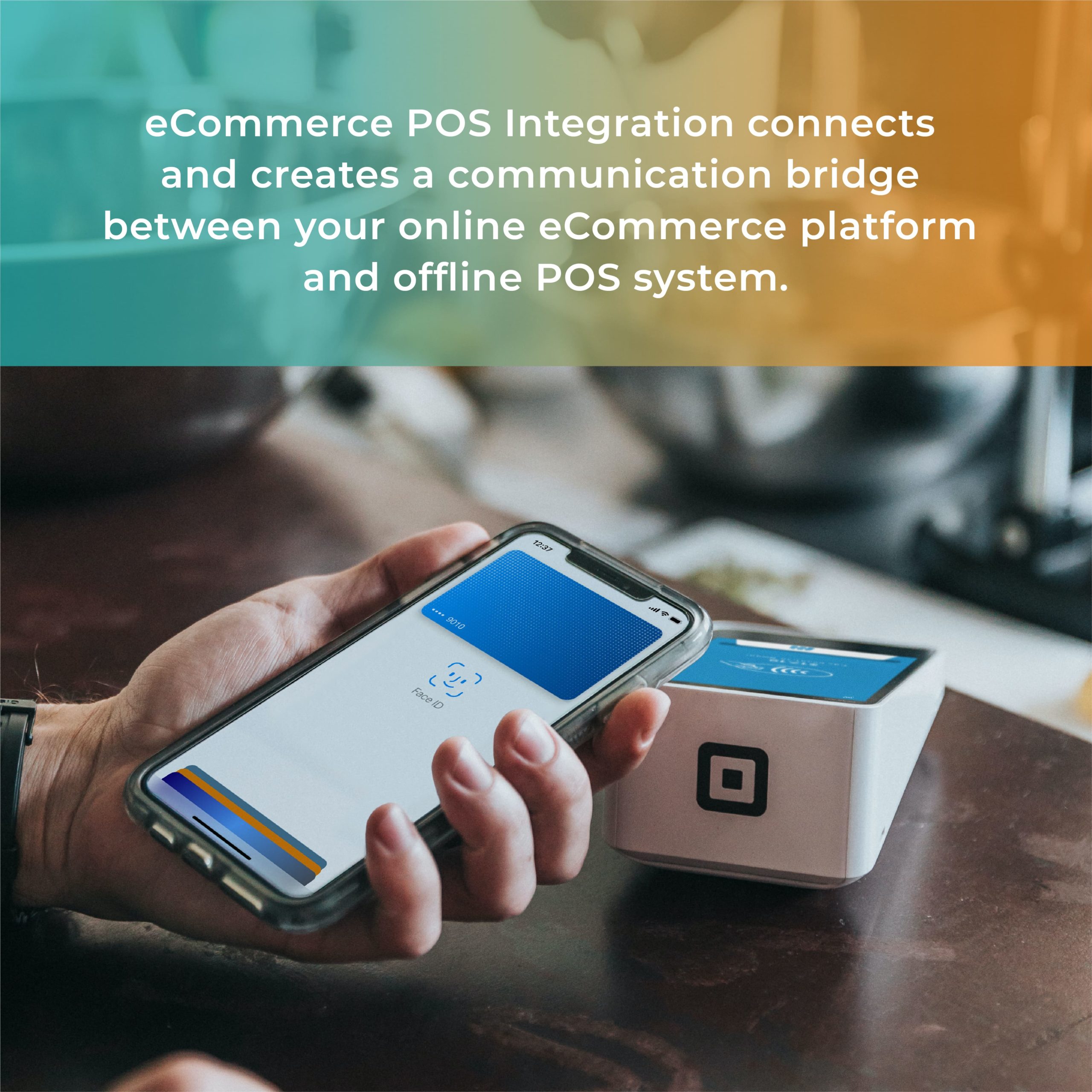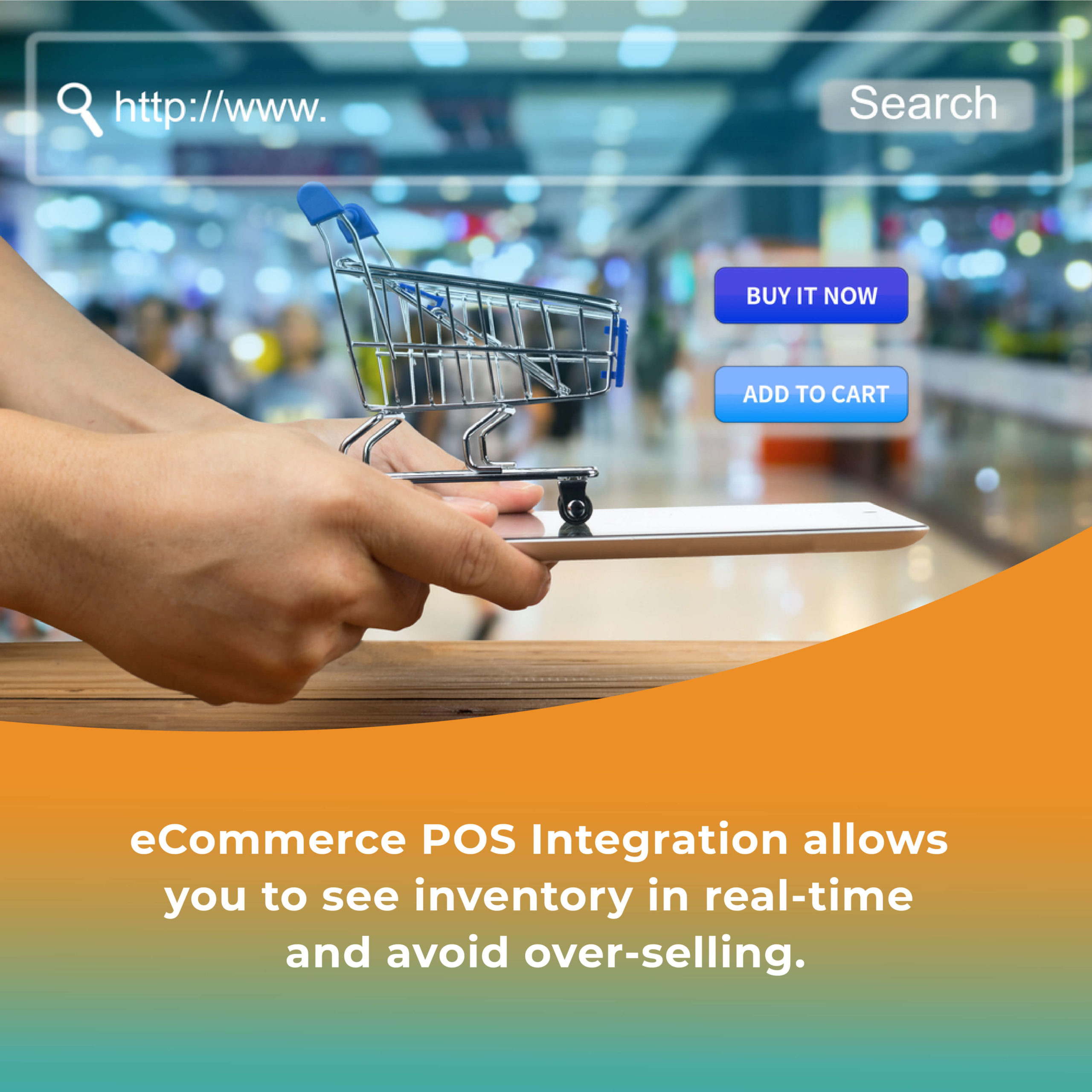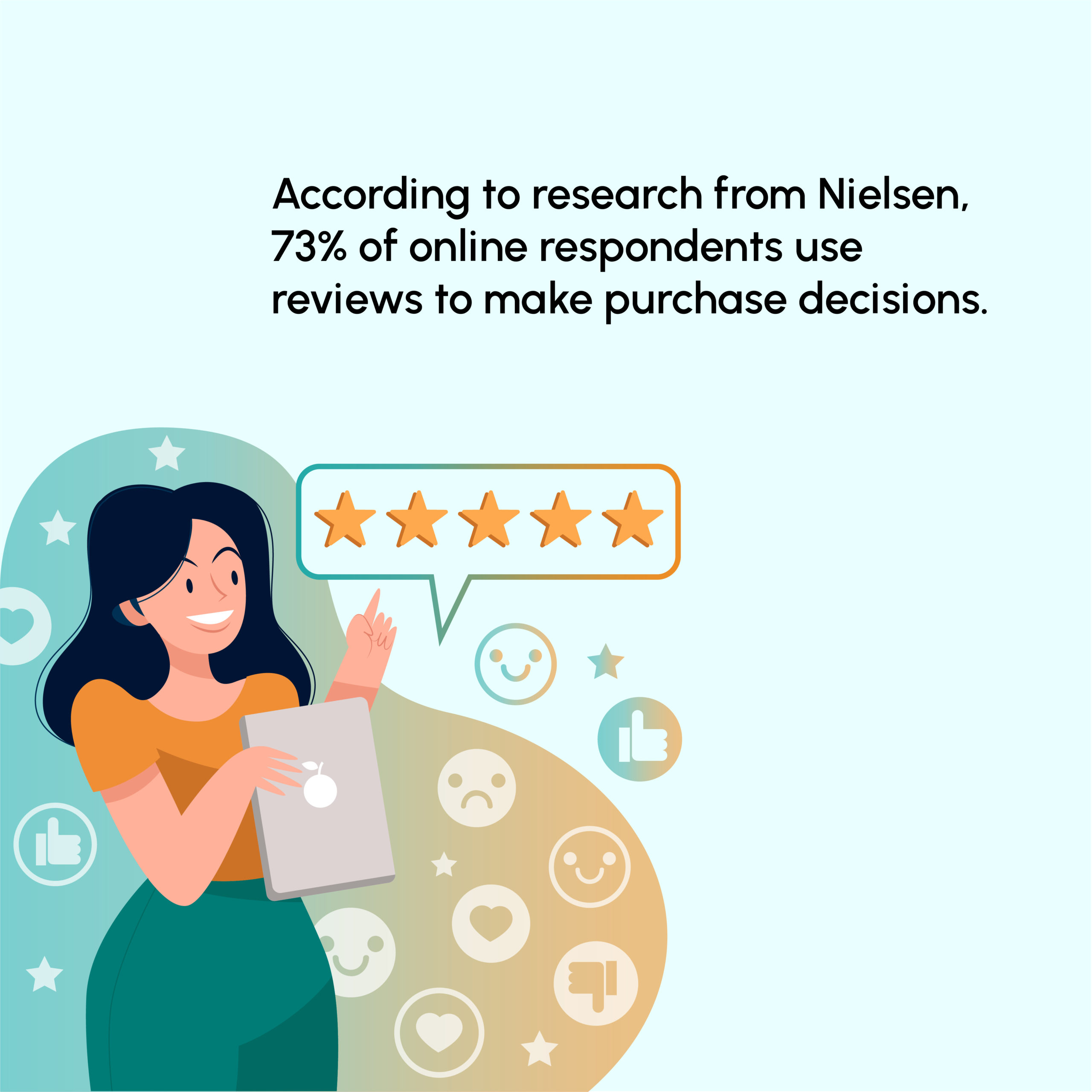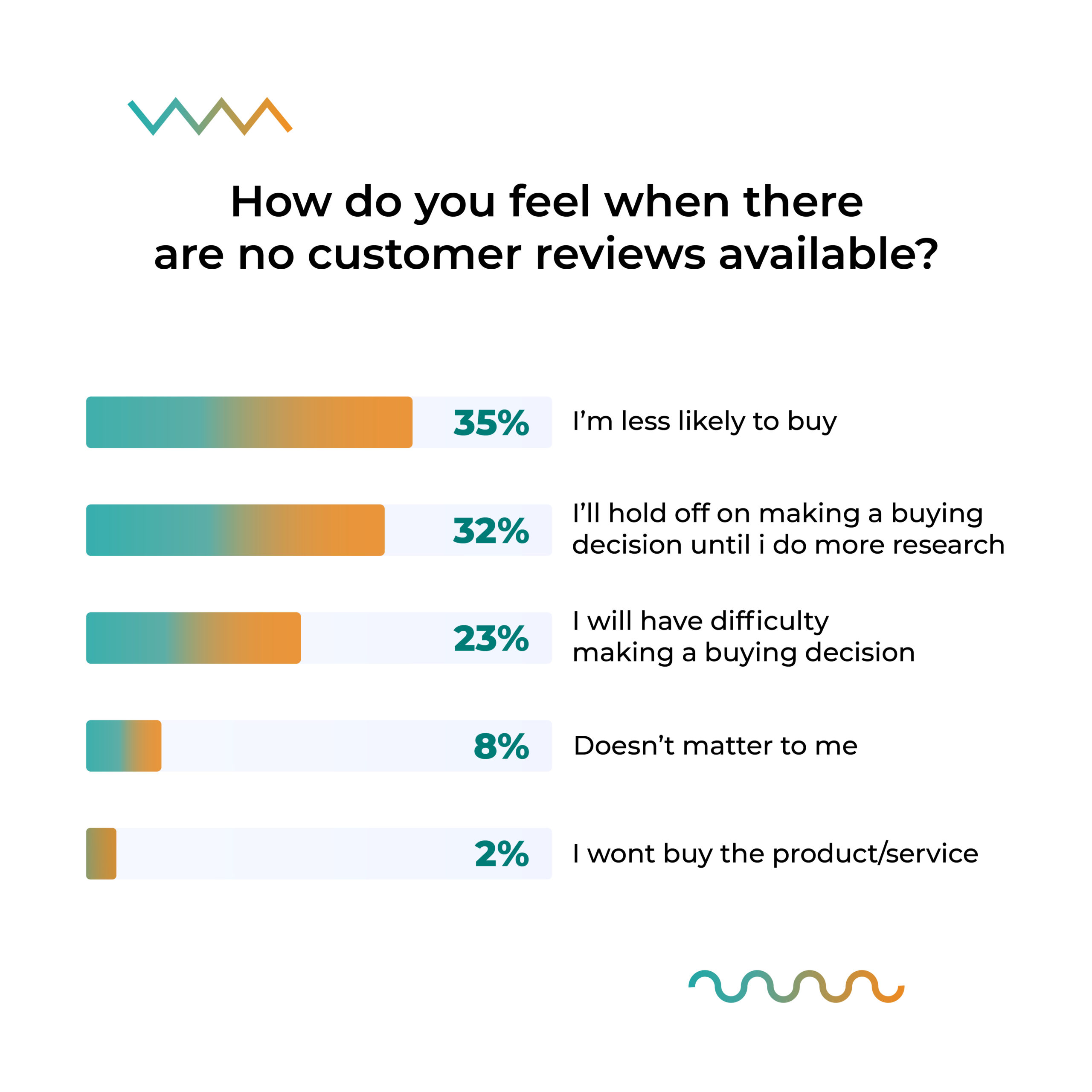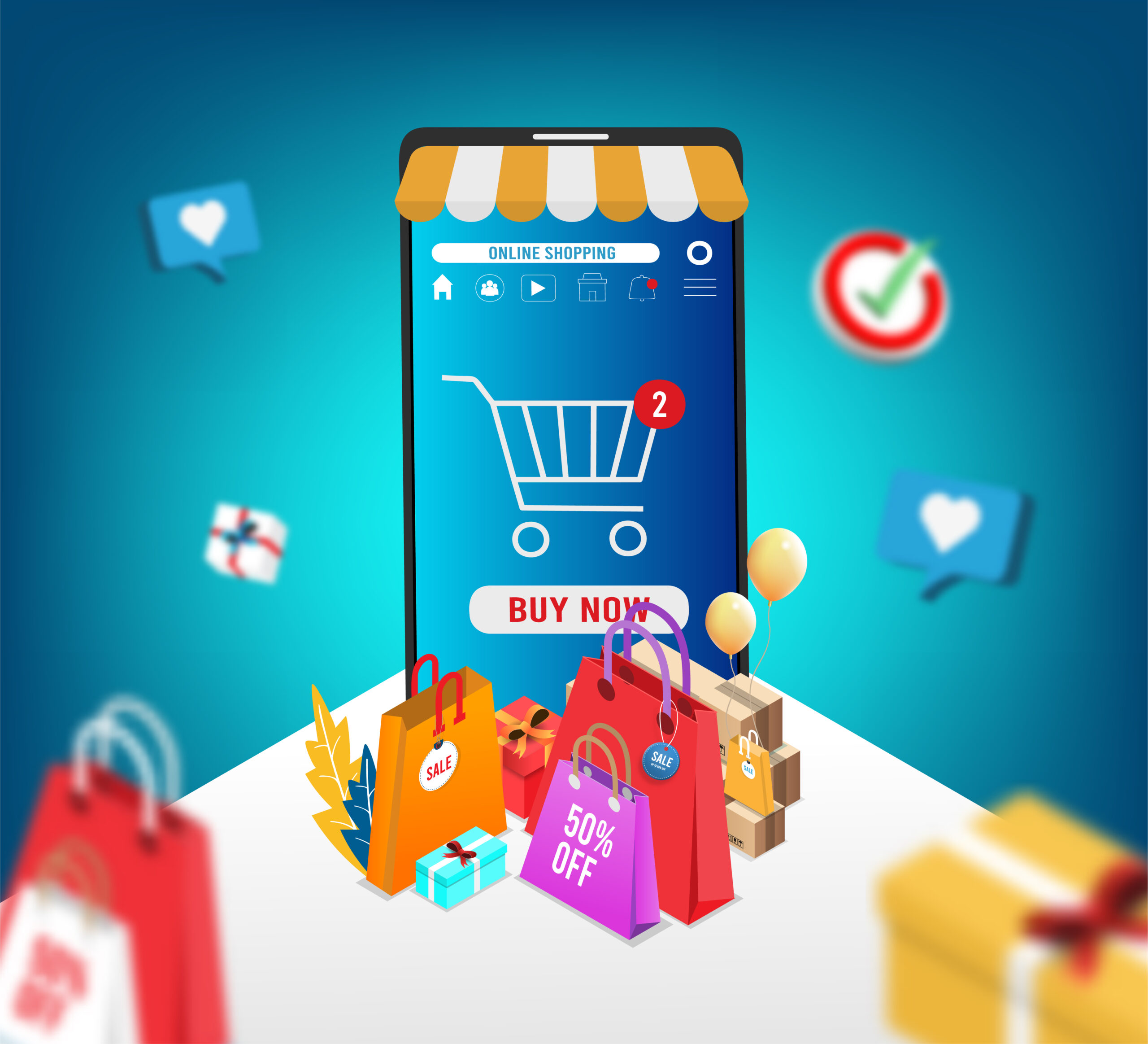
The Power of Bundling and Kits in eCommerce : Boost Sales and enhance Customer Experience
Unlock the secret to boosting sales in ecommerce! A guide on how bundling and kits enhance customer experience & skyrocket your profit!
As an ecommerce business owner, you’re always on the lookout for ways to boost sales and enhance your customer experience. Well, here’s a tip – consider embracing the power of bundling and kits. You’ve probably come across these terms before, but do you truly understand their significance in the ecommerce arena? Product bundling involves combining several goods or services into one comprehensive package, while kitting is all about grouping related items together.
These strategies can be a game-changer for your online business as they not only have proven benefits for increasing sales but also greatly improve customer satisfaction. In this article, we’ll delve into the nitty-gritty of bundling and kits, their potential advantages for your business and customers alike, along with tips to effectively implement them. So buckle up – it’s time to unlock new avenues for growth in your ecommerce venture!

Content:
- 1. What is bundling and kitting and how does it make sense in ecommerce retail?
- 2. Benefits of product bundling for both businesses and customers
- 3. How to create and manage product bundles, set pricing, and manage delivery costs
- 4. Importance of efficient inventory management for bundles and kits
- 5. How eCommerce platforms can facilitate the creation, management, and promotion of bundles and kits
- 6. Challenges faced by ecommerce businesses when implementing bundling strategies and how to overcome them
- 7. Successful bundling strategies and examples in real world
- Conclusion
Key Takeaways
- Bundling and kits in ecommerce can significantly boost sales and enhance customer experience.
- Understanding bundling psychology and effectively promoting related products through cross selling techniques is crucial for successful bundling.
- Product bundling combines multiple goods or services into one package, creating perceived value and encouraging higher purchases.
- Kitting, which groups related items together, works together with bundling in ecommerce to offer a better deal and tap into bundling psychology.
What is bundling and kitting and how does it make sense in ecommerce retail?
The concepts of bundling and kitting revolve around offering multiple products for sale as one combined product. This strategy is anchored on Bundling Psychology, which reveals that customers perceive bundle pricing as value-laden deals.
Imagine strolling through an online store, and stumbling upon a perfectly curated combo of products that not only cater to your needs but also offer a better deal than buying them separately. This is the essence of product bundling – a clever upselling technique used by e-retailers to boost sales while enhancing customer experience.
The concept of kitting and bundling in ecommerce
In ecommerce, kitting and bundling are about grouping related products into one convenient package for purchase. Not only does this create an appealing value proposition but also taps into the power of Bundling Psychology; customers perceive more value when buying a bundle rather than individual items. All these factors work together to create excellent product offerings that attract a wider audience, encourage repeat purchases, and strengthen brand loyalty among customers.
| Bundling Psychology | Kits Packaging | Bundle Discounts |
| Creates perceived value | Enhances unboxing experience | Offers financial incentive |
| Encourages bulk purchases | Simplifies decision-making process | Increases perceived savings |
| Strengthens brand loyalty | Fosters repeat purchases | Attracts price-sensitive shoppers |
Cross-selling techniques are often employed in bundling, where related items are grouped together at a discounted rate. Not only does this strategy enhance the shopping journey by simplifying choices, it also introduces customers to new products they might not have considered before.
Benefits of product bundling for both businesses and customers
By capitalizing on the concept of product bundling, your business can actually streamline its operations and offer more value to shoppers, leading to mutual gains.
Consider this:
| Benefits for Businesses | Benefits for Customers |
| Increased Sales | Greater Value Received |
| Streamlined Operations | Simplified Shopping |
| Competitive Bundling | Enhanced Experience |
How bundling and kits can be used for increasing sales and improving customer experience
No doubt about it, the allure of getting more for less can be incredibly tempting for shoppers and can make a significant difference in your business’s bottom line. The power of bundling and kits is immense when it comes to boosting sales and enhancing customer experience.
Because:
- It taps into Bundling Psychology: Customers perceive they’re getting a great deal, increasing the likelihood of a purchase.
- Part of that perception is driven by Cross Selling Techniques: By combining related products, you make shopping easier for customers.
- And with the right Bundle Pricing Strategy, you’ll find both profitability and customer satisfaction.
- Branding Bundles can enhance customer perception about your brand’s value.
6 ways how kitting and bundling can help increase average order value, and attract new customers
Don’t overlook the potential of kitting and bundling, as it’s a great way to bump up the average order value and draw in new shoppers to your platform.
Consider these key points:
- Better value inspires purchase: Customers perceive bundles as more valuable, especially when you offer bundle discounts. They feel like they’re getting more for their money. It drives customers to buy more.
- Customer Perception: Carefully selected bundles can convince customers that they need a set of products they might not have considered individually. It encourages customers to buy additional products that complement their purchase.
- Upselling Techniques: Bundle pricing encourages customers to spend more by offering perceived savings on a group of items.
- Seasonal Bundling: Tailoring kits or bundles according to seasons can attract different customer segments and boost sales during festival seasons and special occasions.
- Impulse Buying:This taps into customers’ impulse buying tendencies, making them more likely to add a high-value bundle to their cart rather than individual products.
- Kitting efficiency:Bundles allow for faster pick-and-pack times in the warehouse, thus increasing operational efficiency, reducing shipping times, and giving one more reason for customers to choose bundles and kits over individual products.
These advantages not only streamline your operations but also create a better customer experience.
How to create and manage product bundles, set pricing, and manage delivery costs
Creating and maintaining product bundles isn’t a walk in the park; it requires strategic planning, careful pricing, and efficient delivery cost management. Since customer behavior is influenced by perceived value, create your bundles wisely, balancing high-demand products with less popular ones to create a better perceived value.
- Pricing Strategies:
- Use attractive discounts for bundled items to incentivize purchases.
- Consider loss-leader pricing – selling one item at a loss to stimulate sales of other profitable goods.
- Bundle Marketing:
- Promote bundles effectively through various channels like email marketing or social media.
- Delivery Optimization:
- To manage costs, consider dimensions and weight of the bundle package.
Tips and best practices for creating and promoting bundles and kits
Crafting the perfect online package deal requires a delicate balance of strategy and creativity, ensuring that your offerings not only grab attention but also resonate with your audience’s needs and wants. Leveraging bundling psychology is key; you should understand what combination of products can drive sales.
- Think about seasonal kits – they’re an excellent way to attract shoppers during holidays or times of year when people are seeking out themed products.
- Niche specific bundles also cater well to your audience’s particular interests or needs.
- Customization options add another layer of appeal, giving buyers a sense of personal involvement in their purchase decision. Create packages tailored to individual customer preferences, increasing perceived value.
- Unique bundles differentiate you from competitors and give you a competitive advantage.
- Bundle discounts create a perception of value-for-money that is hard to resist for many consumers. Price your bundles lower than the sum of its parts to attract bargain hunters.
- A flexible pricing strategy allows you to offer attractive discounts while maintaining profit margins.
- Bundle marketing lets you promote these deals prominently on your site, social media channels, and via email marketing.
How businesses can create unique SKUs and treat bundled items as one shippable product
After you’ve nailed down the process of creating, pricing, and delivering your product bundles, it’s time to step up your game. It’s essential to create unique SKUs for your bundled products and treat them as single shippable units. You can achieve this through bundling analytics and measuring critical parameters to identify the opportunities and create ideal SKUs. An effective bundle presents a solution or fulfills a desire for customers while promoting larger purchases. So when you create an SKU, you must make sure that the bundle works in unison to fulfill the needs or solve the problems of the customers better.
| Benefits for Businesses | Bundling Analytics |
| 1 | Track sales performance |
| 2 | Understand customer preferences |
| 3 | Optimize bundle offerings |
Importance of efficient inventory management for bundles and kits
Managing your inventory efficiently is crucial when you’re dealing with product bundles and kits. This approach, while beneficial for boosting sales, can pose bundling obstacles if not properly managed. The key to success lies in maintaining bundle diversity while ensuring that each product in the set is always available.
Kit packaging must be done thoughtfully to avoid stock-outs or overstocking of certain items. An effective way to achieve this balance is by creating cross-category bundles. These encompass a variety of products from different categories, thereby lowering the risk of exhausting one specific item.
Seasonal kits also require meticulous planning ahead of time to ensure that all necessary items are in stock when needed.
Mastering the art of effective kitting and bundling strategies can significantly streamline your inventory management process, increase order value, and draw in a broader customer base. Now let’s delve into understanding the process of kitting and bundling on e-commerce platforms.
ecommerce platforms can facilitate the creation, management, and promotion of bundles and kits
You might be wondering how online shopping platforms manage to seamlessly create, promote and handle these product groupings – well, it’s all in their clever design and innovative strategies. e-commerce platforms incorporate features like Bundle Analytics for tracking the performance of different bundles, Cross platform Bundling to offer similar bundles across multiple platforms or sites, and Bundle Discounts to incentivize purchases. These platforms also provide customization capabilities to enable kits and bundling during the purchase journey of the visitor. Check out our Bundle Buddy app to start right away with kits and bundles in your store.

| Feature | Description |
| Bundle Personalization | Customized bundles based on customer preferences |
| Cross Platform Bundling | Similar bundle offerings across various sites and sales channels |
| Bundle Analytics | Monitoring the performance of different bundles |
| Unconventional Bundling | Offering unique and unexpected product combinations |
Such a system not only boosts sales but also improves customer experience.
Challenges faced by ecommerce businesses when implementing bundling strategies and how to overcome them
Despite the benefits, it’s not always smooth sailing when implementing a strategy for package deals, as numerous obstacles can crop up – let’s explore how to tackle these head-on.
Firstly, the challenge of Bundling pitfalls. These could include a mismatch of products or poor pricing strategies. Overcoming this requires:
- Competitive analysis: Identify what your competitors are doing well and learn from them.
- Psychological pricing: Use price points that encourage purchases.
Secondly, there might be resistance from customers who prefer individual items over bundles. The trick here is in Bundle customization, allowing customers to curate their own bundle.
Also note that, it’s not always sunshine and roses in this arena; anti-bundling regulations sometimes pose challenges to this tactic. On the other hand, an unbundling strategy can be implemented to counter potential bundling backlash from consumers who prefer individual items over sets.
Also beware of potential unbundling consequences and always uphold bundling ethics. Your customers will appreciate it and they’ll keep coming back for more.
- Bundling Ethics: Strive for fairness and transparency to avoid Bundling Controversies.
- Unbundling Strategies: Offer standalone products as well to cater diverse customer needs.
- Anti-Bundling Regulations: Be aware of legal aspects to prevent compliance issues.
- Bundling Controversies: Handle them with professionalism, ensuring customer satisfaction.
In conclusion, overcoming these challenges will yield success for your ecommerce business.
Successful bundling strategies and examples in real world
In the ever-evolving retail landscape, you’ve surely noticed how businesses across different industries have leveraged strategic packaging combinations to captivate their audience’s attention and influence purchasing decisions. However, not all bundles are a success – bundling failures often occur when companies mismatch products or neglect customer perception. Learning from these mistakes, brands are now creating unconventional bundles that appeal to distinct consumer tastes.
Take bundle customization for instance; beauty box subscriptions allow customers to select products they prefer in their bundle, enhancing perceived value. Seasonal bundling is another effective strategy where holiday-themed packages boost sales during festive periods. By understanding the strategies behind these successful examples, you can tailor your own business approach for better results.

Examples for effectively implementing kitting and bundling strategies in e-commerce
Here’s a table with examples of different bundling strategies:
| Strategy | Description | Example |
| Bundling Psychology | Leveraging consumer perception to create appealing package deals | Offering a discounted bundle of complementary products, such as seasoning products and condiments |
| Customized Bundles | Letting customers choose items for their bundle | A “build-your-own” skincare set |
| Seasonal Kits | Creating kits that cater to specific seasons or holidays | Student stationery essentials kit around the time the school reopens for a new academic year |
Regardless of the bundling strategy, you must use upselling techniques and constantly monitor your bundle analytics to ensure profitability. It’s all about crafting an enticing offer without undercutting your margins. Now let’s explore some successful product bundling examples across various industries for further inspiration.
Effective product bundling examples across various industries
Following compelling cases illustrate the power of bundling psychology in influencing customer perception.
- In the tech world, Apple often bundles its devices with services like Apple Music or iCloud storage, enhancing perceived value.
- Fashion industry giants like Zara use marketplace bundling effectively by offering coordinated outfits as a single purchase, elevating the shopping experience.
- Fast-food chains like McDonald’s have mastered meal combos, countering anti-bundling arguments by delivering convenience and cost-efficiency.
These instances underscore how versatile bundling strategies can be.
Understanding these strategies helps you leverage bundling effectively for your business.
eCommerce websites that are effectively utilizing bundling strategies
Ready to learn from the best? You’ll be amazed at how some of your favorite online shops are already killing it with their smart bundle strategies. They masterfully employ bundling psychology, seasonal bundling, cross-selling techniques and understand customer perception to drive sales.
Here are examples of successful ecommerce websites and their bundling strategies;
| e-Commerce Website | Strategy |
| Amazon | Cross Selling Techniques |
| Sephora | Seasonal Bundling |
| Best Buy | Bundle Marketing |
| Walmart | Customer Perception |
| IKEA | Bundling Psychology |
These sites use bundles to increase their profit margins while providing customers with perceived value. By learning from them, you too can boost your sales and enhance your customers’ shopping experience.
Conclusion: Bundling and Kitting have great potential in ecommerce, provided you get your strategy right and tackle the challenges
Having explored the examples of bundling strategies in ecommerce, let’s circle back to its core benefits.
Furthermore, current e-commerce technology makes implementing these tactics easier than ever before. In conclusion, harnessing the power of bundling and kits can drive your business forward in a competitive market landscape.
There is a big potential for increased sales, enhanced customer experience, and improved inventory management through effective bundling strategies.

It’s clear that savvy combination strategies can potentially skyrocket your revenue, elevate user satisfaction and streamline stock management effectively. Utilizing the power of bundling psychology is a surefire way to increase sales. By grouping products together at a discounted price, you can tap into customers’ desire for deals and value.
A keen understanding of pricing dynamics is essential in this process. Strategically priced bundles can significantly improve inventory turnover while ensuring profitability.
Moreover, effective bundling goes beyond just boosting immediate sales – it also plays a key role in customer retention. With creative cross selling strategies and competitive bundling, you can encourage repeat business by creating an enhanced shopping experience. Happy Bundling!!



